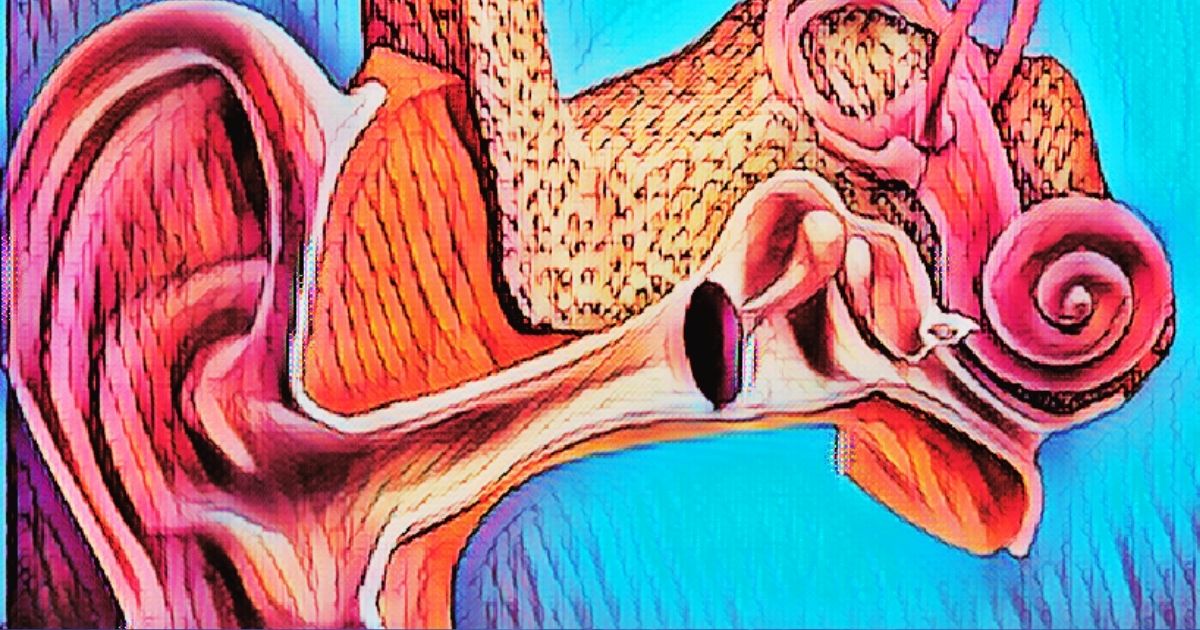Jul. 23, 2023
Ear candling, a popular alternative medicine therapy believed to remove earwax, has garnered attention and raised doubts among medical professionals. This practice involves inserting a cone-shaped device made of linen or cotton soaked in wax or paraffin into the ear canal, which is then lit on fire. Advocates claim that the burning candle creates a vacuum effect, drawing out earwax














